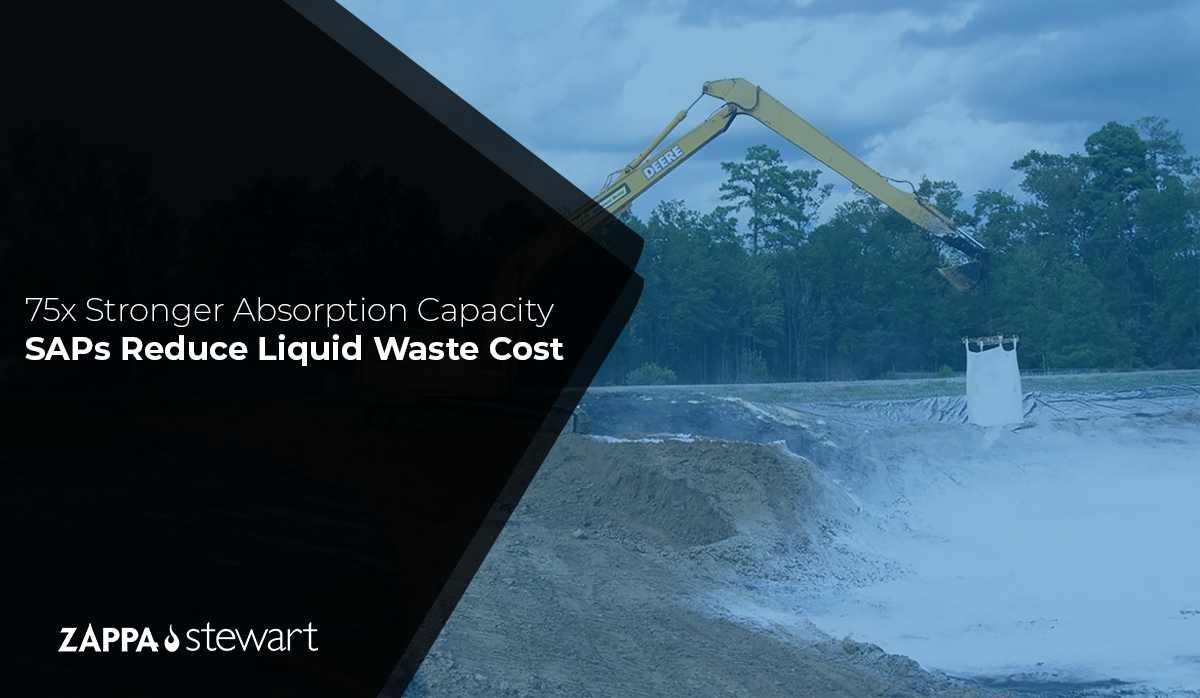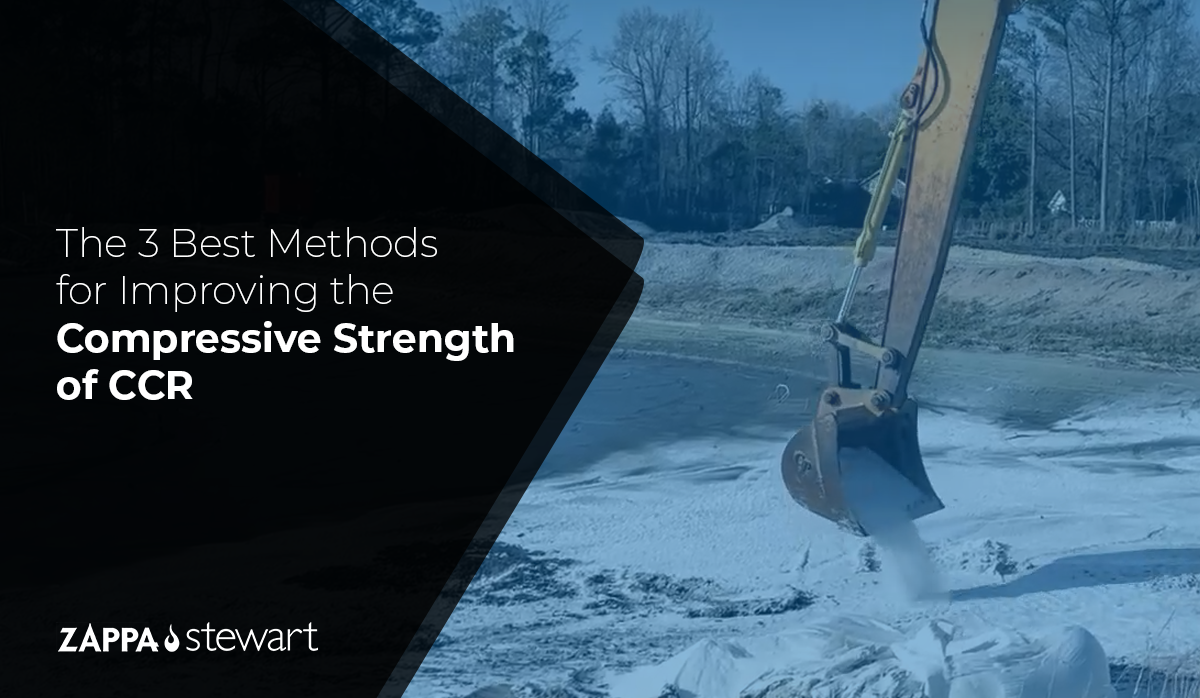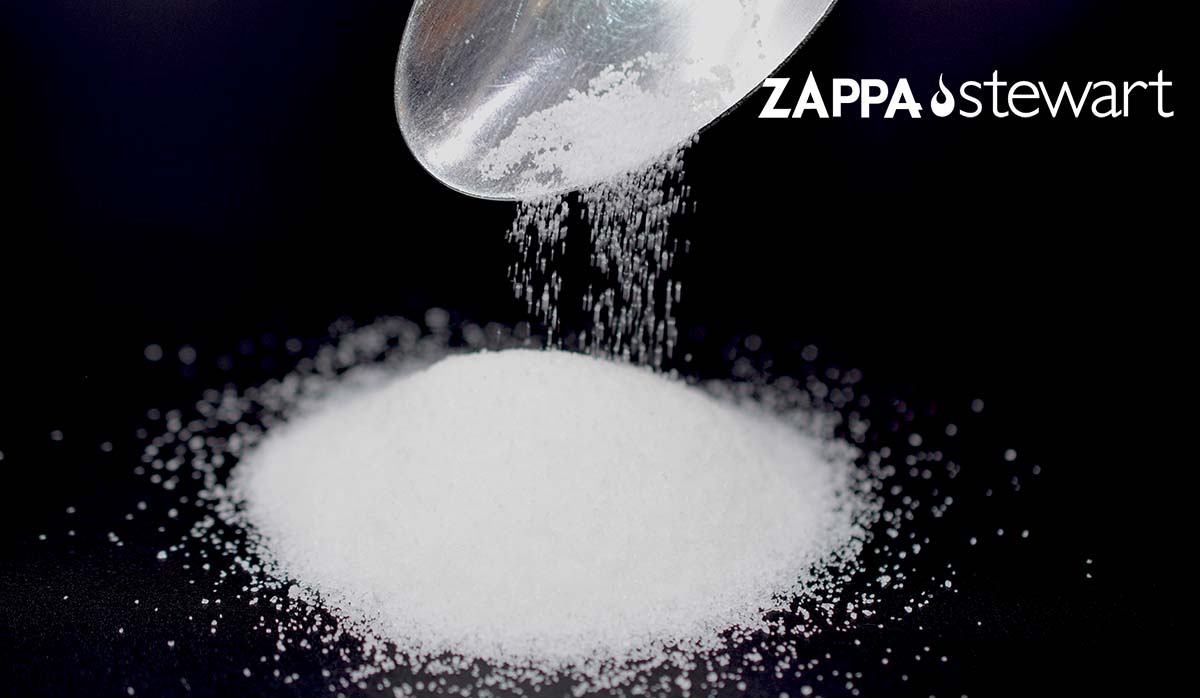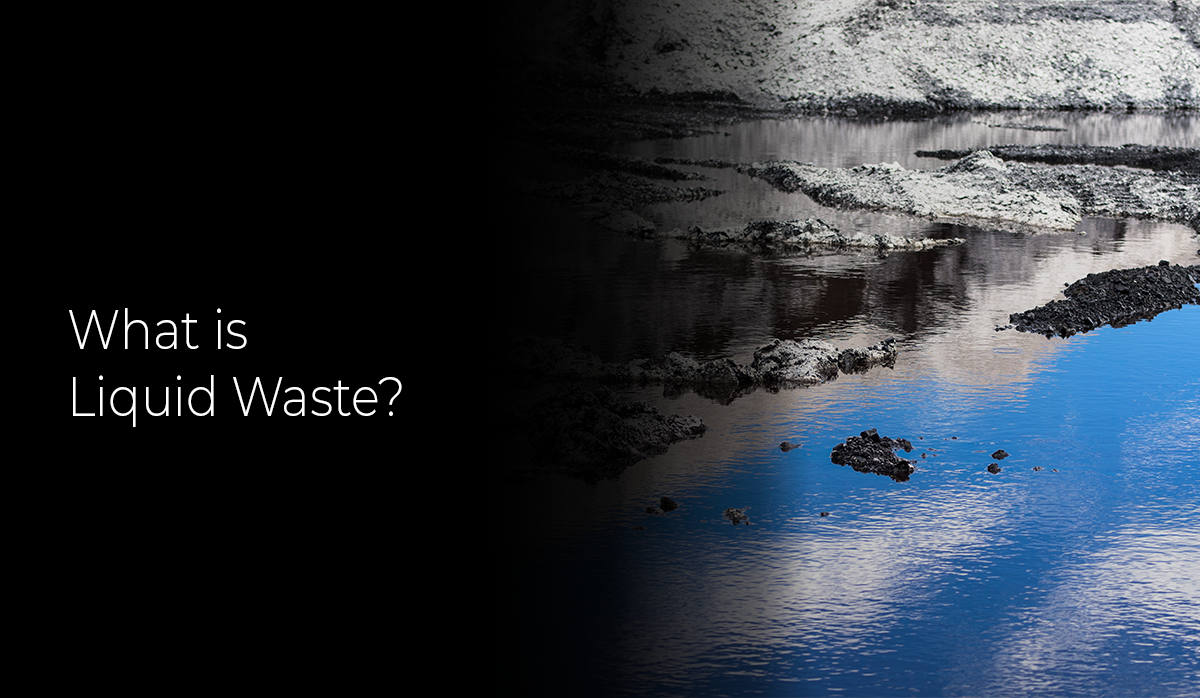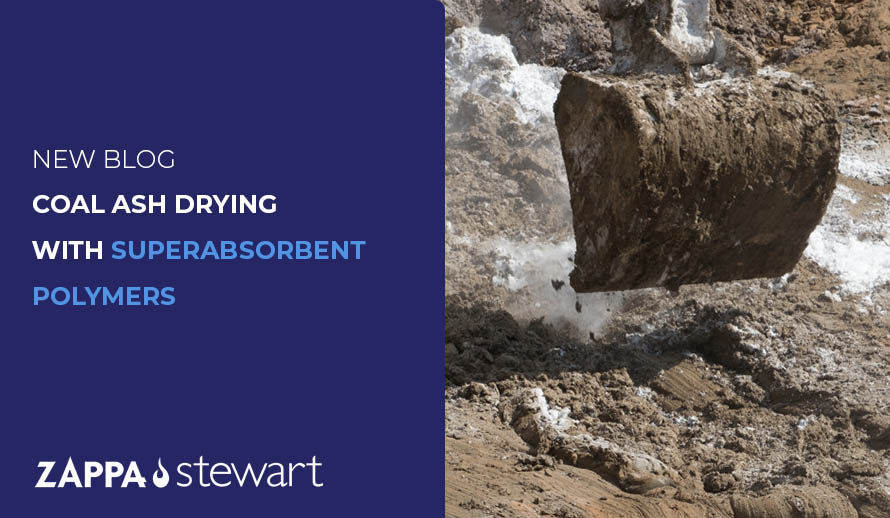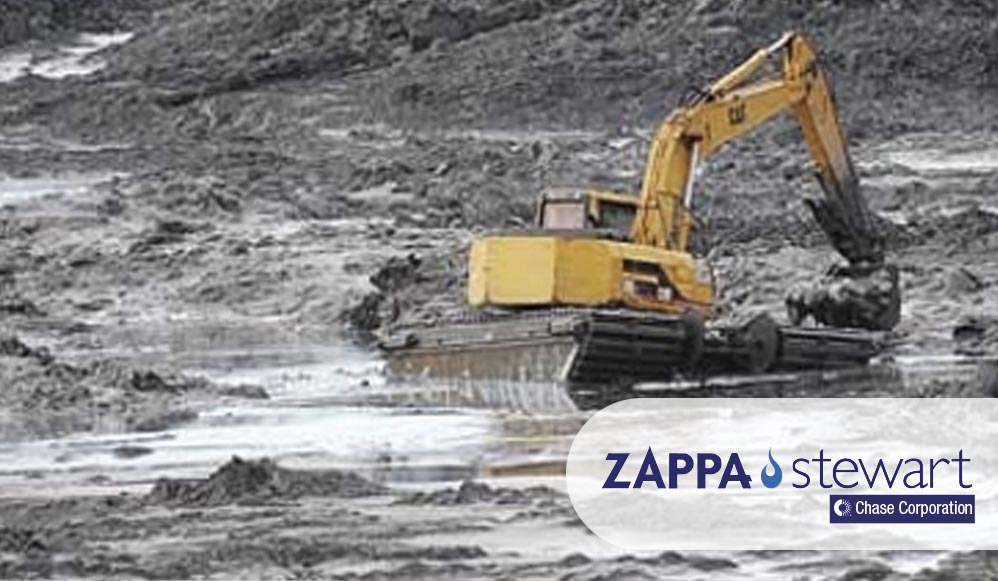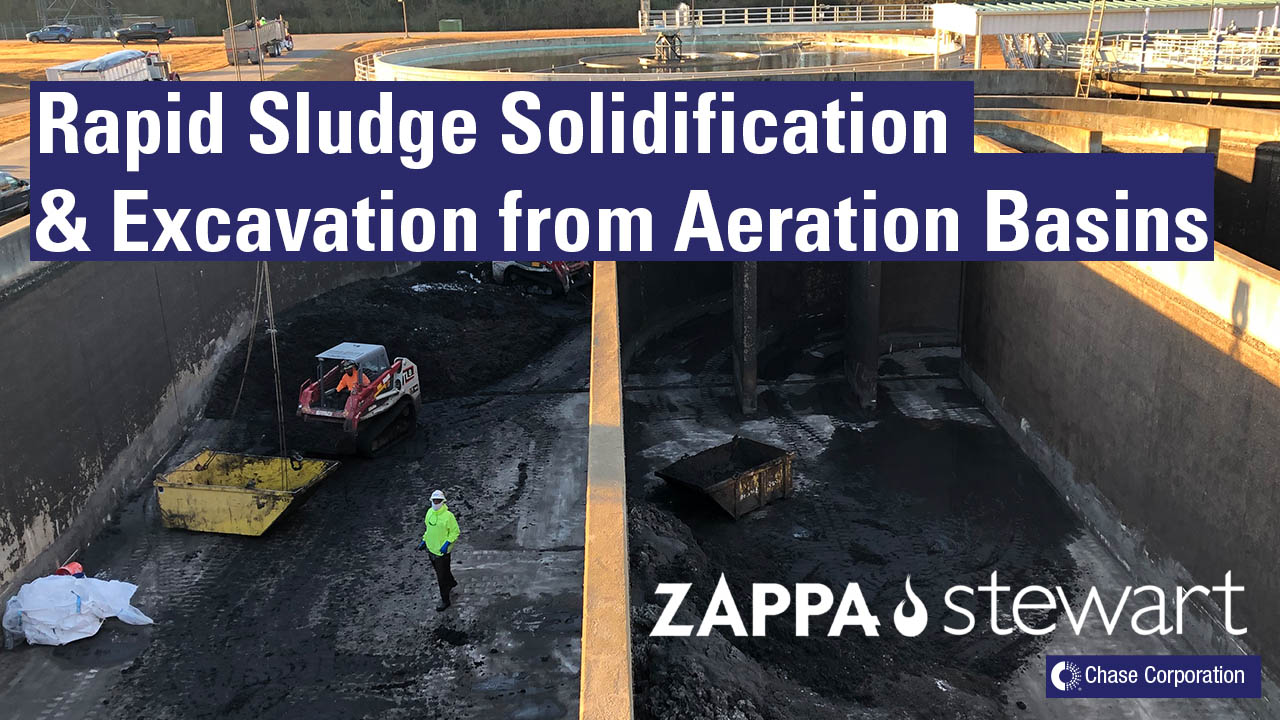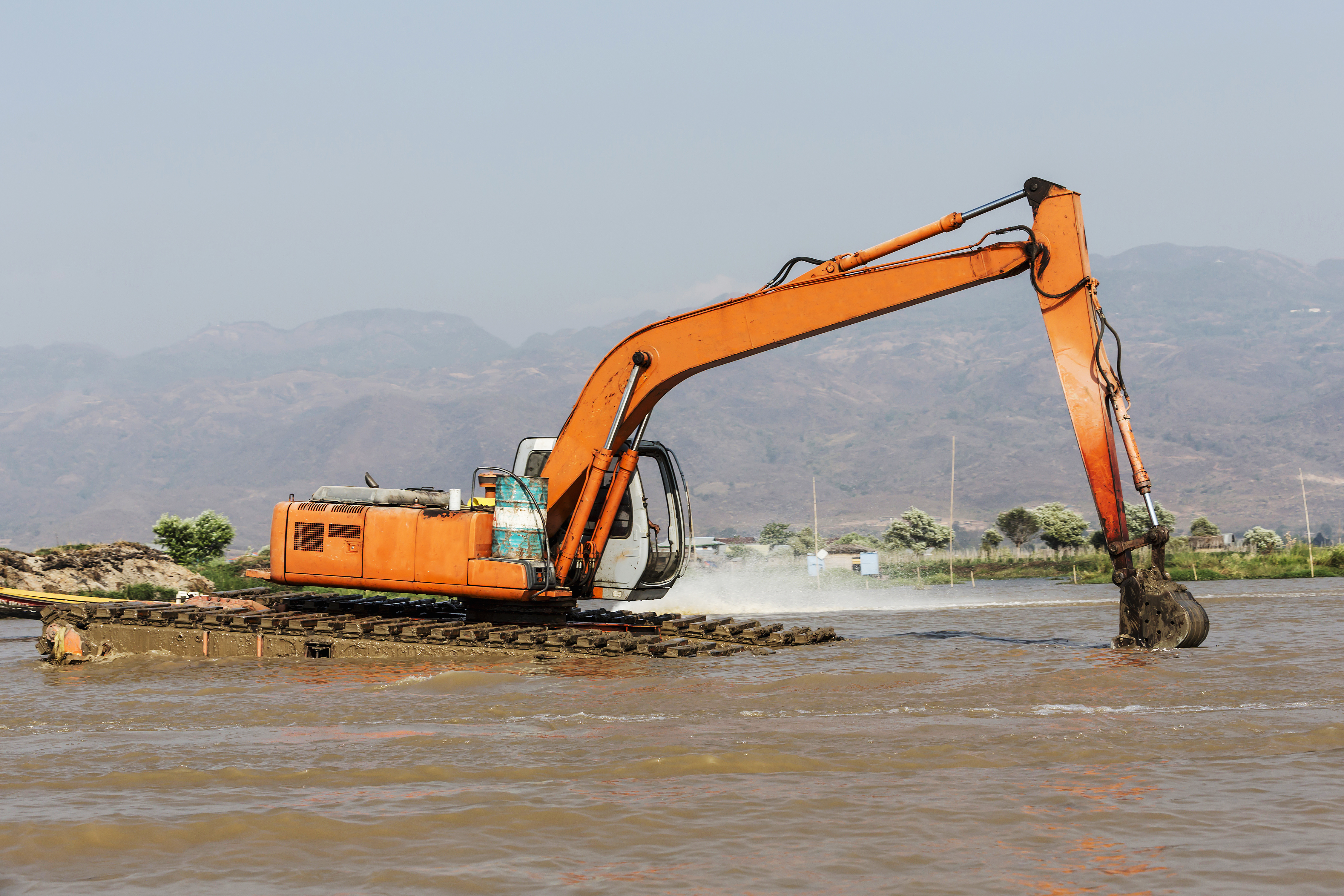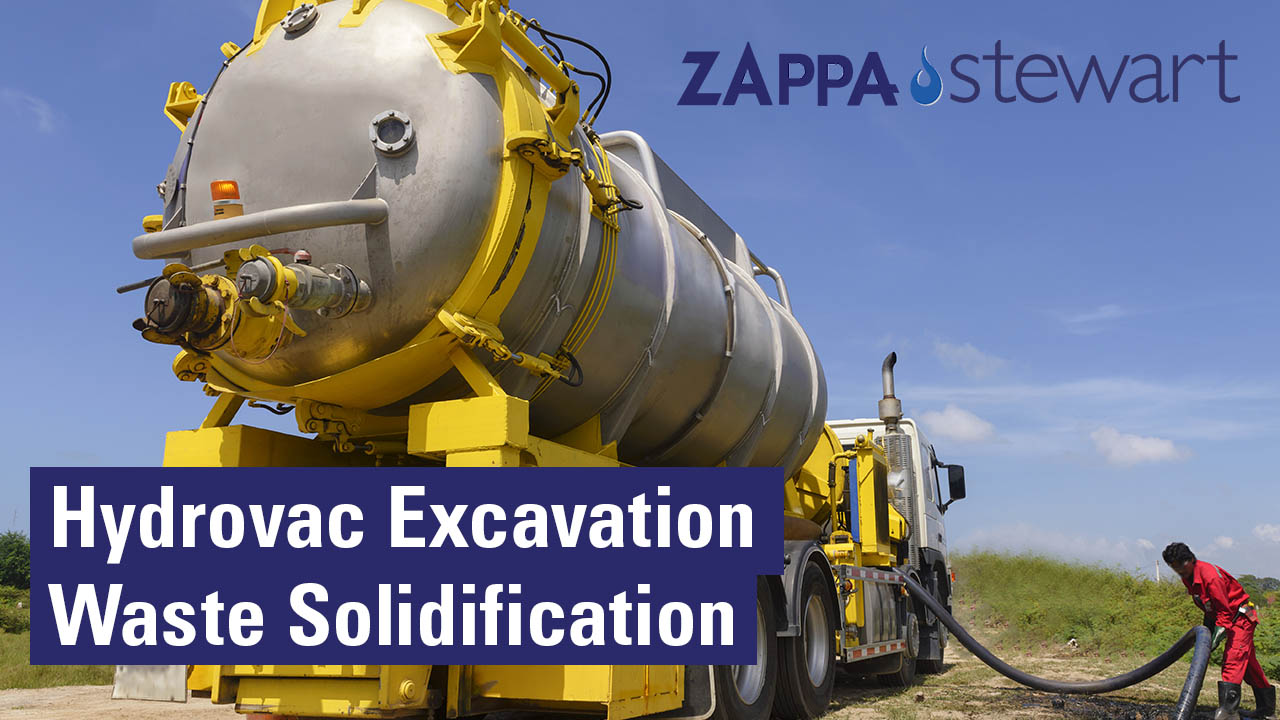Liquid waste presents several challenges for many industrial processes. Liquids are difficult to transport, liquids contaminate work areas and environmental receptors, and most landfills do not accept liquids. On-site solidification with superabsorbent polymers (SAPs) offers the most rapid, safest, and, in most cases, most cost-efficient method for transforming difficult-to-manage liquid wastes into easily managed solid waste.
Read More
Topics:
Liquid Waste Management,
SAP costs
Solidification of liquid wastes is a widely used waste management method in a variety of industrial sectors. When evaluating different solidification products, absorption capacity is a critical parameter that should be understood before making a selection. Superabsorbent polymers (SAP) feature an absorption capacity that is approximately 75 times greater than traditional absorbents such as sawdust and dried granular corn cobs.
Read More
Topics:
Superabsorbents,
Liquid Waste Management
The physical properties of Coal Combustion Residuals (CCR) present many challenges to utility owners and environmental professionals. The waste material (commonly referred to as Coal Ash) is most often captured and stored in open ponds or impoundments, which allow for unrestricted stormwater infiltration, resulting in saturated CCR.
Read More
Topics:
SAP,
CCR Stabilization
Every day our team receives many questions from current customers and interested future users of superabsorbent polymers (SAP) around the world.
We have provided answers to some of the most popular questions, below.
Read More
Topics:
Super Absorbent Polymers,
superabsorbent polymers,
SAP Applications,
Sodium polyacrylate superabsorbent polymers,
SAP costs,
FAQ
One of the core applications for superabsorbent polymers (SAPs) is liquid waste solidification. SAPs are utilized by waste management professionals to prevent potentially harmful fluids from entering waterways, groundwater aquifers, and other sensitive environments.
Read More
Topics:
Waste Solidification,
SAP,
Liquid Waste Management
A Step-by-Step Guide for Minimizing Reagent Quantities and Treatment Costs
Superabsorbent polymers (SAPs) are the most efficient available technology for eliminating free liquid and stabilizing saturated coal ash. However, without the proper planning steps, SAPs can be severely over-applied which often leads to unexpected treatment costs and/or underperformance.
The following steps are critical for the successful stabilization of coal ash with superabsorbent polymers:
Read More
Topics:
SAP,
Environmental Remediation,
superabsorbent polymers,
SAP Applications,
Wastewater Treatment Sludge,
SAP costs,
Coal Ash
Rainy weather is often the last thing anyone wants to see on the forecast, whether your plans involve a round of 18, a day out on the boat, or a power plant CCR basin closure.
Water, while vital for life, can be an expensive nuisance when it comes at the wrong time and place.
For electric power utilities, closing a CCR basin during rainy season often result in the following scenarios:
- Missed deadlines
- Excessive chemical expenses, and
- Over-budget labor due to out-of-scope ash drying.
Read More
Topics:
superabsorbent polymers,
CCR Stabilization,
Coal Ash,
wet and saturated coal combustion residuals (CCR)
When a major U.S.-based municipal wastewater utility contractor needed a rapid, money-saving, and efficient solution for removing 1,000+ tons of saturated sludge from an aeration basin, they turned to ZapZorb superabsorbent polymers (SAPs).
Read More
Topics:
Wastewater Treatment Sludge,
Sludge removal,
Rapid sludge solification,
Landfill requirements,
EPA’s paint filter test,
wastewater utility
Superabsorbent polymers (SAPs) are a key technology for safe, fast, and efficient stabilization of wet and saturated coal combustion residuals (CCR), a major waste management challenge for electric power utilities in the US. Traditional pozzolanic stabilization reagents, such as quicklime, lime kiln dust (LKD), and Portland cement, often perform inadequately with CCR material that is heavily layered, unusually difficult to dewater, or when operating in excessively wet weather conditions. However, the introduction of small dosage rates of SAPs (0.3%-1.0%), either as a standalone technology or as a component of a pozzolan blend, provides CCR management contractors a modern tool for reliable and predictable CCR drying.
Read More
Topics:
superabsorbent polymers,
CCR Stabilization,
Coal Ash,
wet and saturated coal combustion residuals (CCR)
Safe and accurate, hydro-excavation has become the most preferred method for digging, daylighting, and potholing in many industrial sectors in recent decades. While the benefits of hydro-excavation are undeniable, the process generates large volumes of mud and slurry waste that must be managed, in order to avoid environmental risks. Superabsorbent polymers (SAP) offer an easy, safe, and efficient tool for eliminating free liquid in hydro-excavation waste fluid so that the waste can pass the EPA paint filter test, be transported and disposed in a Subtitle D landfill as solid waste.
Read More
Topics:
Environmental Remediation,
Hydroexcavation Trucks,
Liquid Waste Management,
superabsorbent polymers




